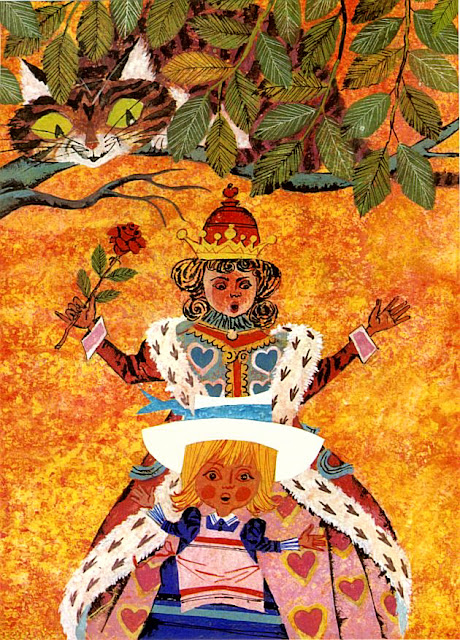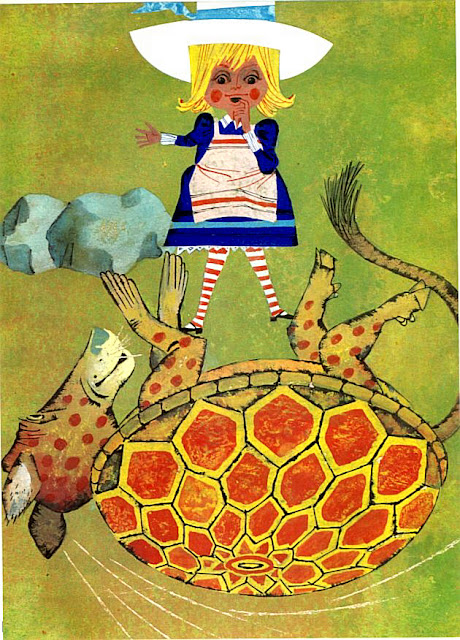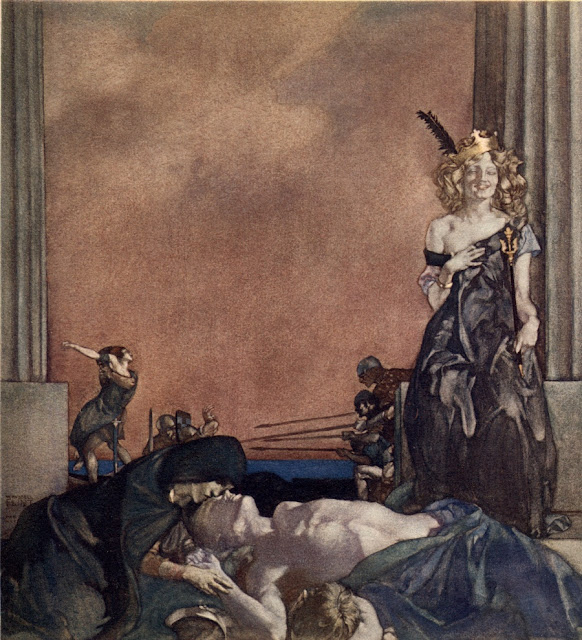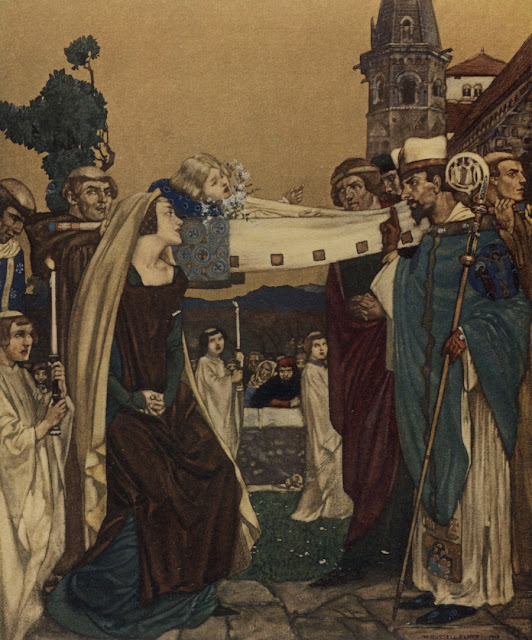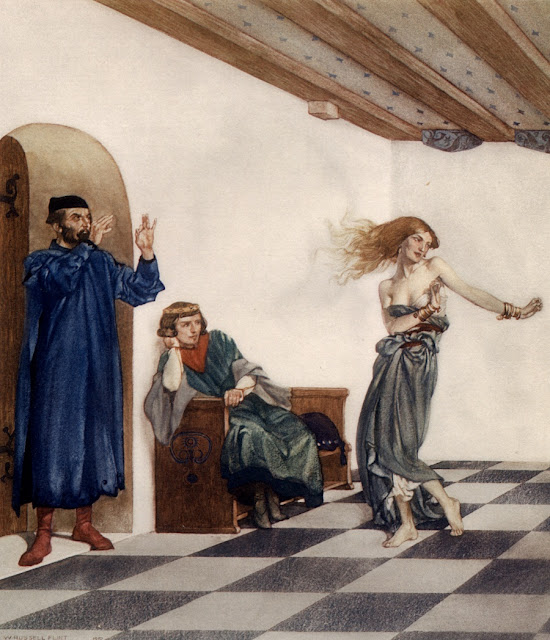Savoy opera was a style of comic opera that developed in Victorian England in the late 19th century, with W.S. Gilbert and Arthur Sullivan as the original and most successful practitioners. The name is derived from the Savoy Theatre, which impresario Richard D'Oyly Carte built to house the Gilbert and Sullivan pieces, and later, those by other composer–librettist teams. The great bulk of the non-G&S Savoy Operas either failed to achieve a foothold in the standard repertory, or have faded over the years, leaving the term "Savoy Opera" as practically synonymous with Gilbert and Sullivan. The Savoy operas (in both senses) were seminal influences on the creation of the modern musical. (Wikipedia)
Savoy Operas (1909), as published by George Bell & Sons (London), includes four 'Libretti' from Gilbert and Sullivan: 'The Pirates of Penzance; or, The Slave of Duty'; 'Patience; or, Bunthorne's Bride'; 'Princess Ida; or, Castle Adament'; and 'The Yeomen of the Guard; or, The Merryman and his Maid'.
For each of the works, William Russell Flint prepared eight colour illustrations so that the combined collection for ''Savoy Operas'' (1909) comprised 32 images. A year later, George Bell & Sons produced the companion volume, "Iolanthe and Other Operas" with a further 32 colour illustrations from Russell Flint.
PRINCESS IDA
The gate yield. Hildebrand and soldiers rush in.
"Though I am but a girl,
Defiance thus I hurl"
"Where are your rifles, pray?"
For each of the works, William Russell Flint prepared eight colour illustrations so that the combined collection for ''Savoy Operas'' (1909) comprised 32 images. A year later, George Bell & Sons produced the companion volume, "Iolanthe and Other Operas" with a further 32 colour illustrations from Russell Flint.
THE PIRATES OF PENZANCE
"Pour, oh pour the pirate Sherry; fill, oh fill the pirate glass"
"I am a pirate!"
"Too late! Ha! Ha!"
"Away, you grieve me!"
Dance of the pirates
"With cat-like tread, upon our prey we steal"
A struggle ensues between pirates and police
PATIENCE
OR BUNTHORNE'S BRIDE
CHORUS
Twenty love-sick maidens we,
Love-sick all against our will.
Twenty years hence we shall be
Twenty love-sick maidens still.
Twenty love-sick maidens we,
Love-sick all against our will.
Twenty years hence we shall be
Twenty love-sick maidens still.
"I cannot tell what this love may be
that comesth to all, but not to me"
"Red and yellow! Primary colours! Oh, South Kensington!"
"I thought as much! - I thought as much!
He was a little boy!"
"Archibald! Is it possible?"
Enter Bunthorne, crowned with roses and hung about with garlands
"Silvered is the raven hair"
PRINCESS IDA
Enter the Princess reading
Frontispiece
"If it be well, to droop and pine and mope, to sigh 'Oh, Ida Ida! all day long, then Prince Hilarion is very well"
The gate yield. Hildebrand and soldiers rush in.
"Though I am but a girl,
Defiance thus I hurl"
"Where are your rifles, pray?"
THE YEOMEN OF THE GUARD
OR THE MERRYMAN AND HIS MAID
I didn't become head-jailer because I liked head-jailing
I have a song to sing, O !
Sing me your song, O !
Sing me your song, O !
Wilfred binds Elsie's with a kerchief
"The prisoner comes to meet his doom"
"Ah! 't but melancholy mumming when poor heartbroken jilted Jack Point must needs turn to hugh Ambrose for original light humor!"
"Nay, Sweetheart, be comforted, This Fairfax was but a pestilent fellow"
It's the song of a merryman, moping Mum







































































